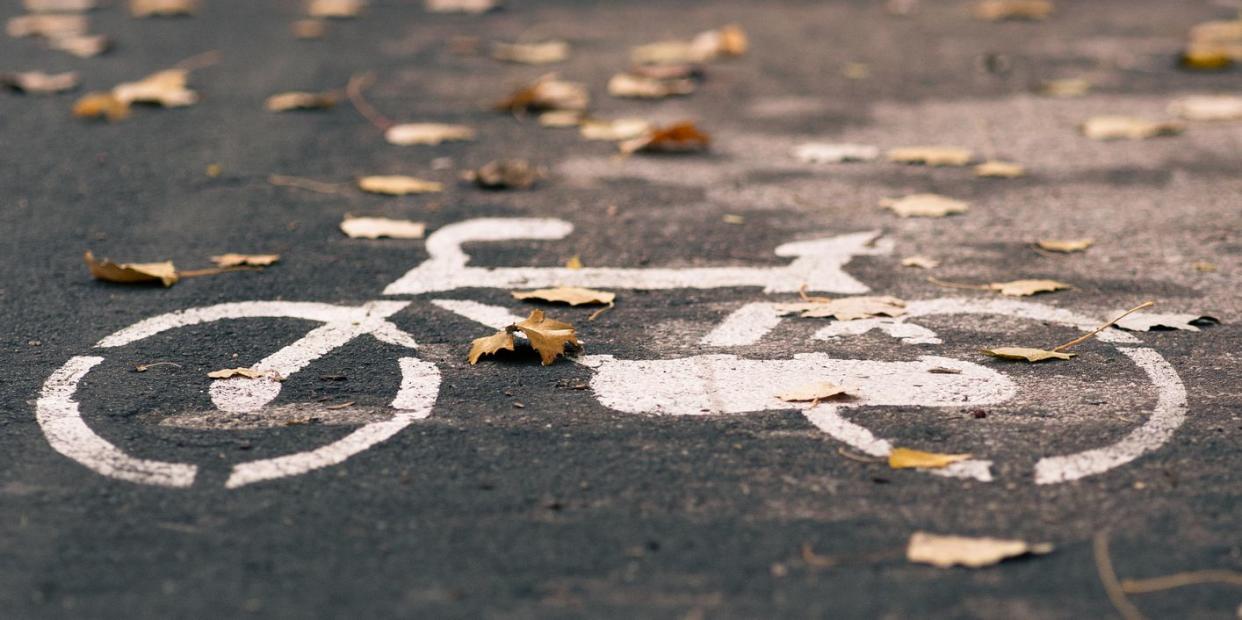The Sarah Debbink Langenkamp Active Transportation Act Could Help Save Lives

Sarah Debbink Langenkamp was killed August 25, 2022 while riding her bike on a Bethesda, Maryland road. She was traveling in a bike lane when the driver of a flatbed truck turned in front of her and ran her over. Langenkamp was pronounced dead at the scene. She was 42.
According to CNN, Langenkamp’s husband, Dan, and their two young sons, Oliver and Axel, paused each day at the time of her crash, for months, to remember her. Both Sarah and Dan were accomplished, decorated diplomats. The crash came just weeks after the couple had returned to the U.S. after nearly a year and a half in Ukraine and Poland. Their sons had been staying with grandparents in California, and the family was so happy to be together. Sarah was biking home after attending an open house at her son’s new elementary school.
Last September, Streetsblog reported that Dan was rightfully livid over his wife’s death. “This just didn’t need to happen. Cities are, rightly, trying to make themselves more livable for those that do not want to rely on cars—but at this point, we as a society are only beginning to realize that we can’t do it by just throwing paint on the streets…We’re luring bicyclists to their deaths.”
Dan and several others put anger into action. Last week Representatives Earl Blumenauer (D-Ore.) and Jamie Raskin (D-Md.) announced the introduction of the Sarah Debbink Langenkamp Active Transportation Act. The new legislation would help states use federal money to complete protected bike lanes and pedestrian networks. Right now, across the country, there are dangerous gaps between protected lanes—that’s exactly where Langenkamp was when she was killed.
“Because there was no continuous network of protected paths available along her route,” Streetsblog reports, “Langenkamp was forced to ride in a painted bike lane along a high speed, multi-lane arterial in order to bridge the gap between two off-street trails…a right-turning trucker failed to see her in that painted lane, and she was crushed to death.”
With the new act, cities would access funds from the Highway Safety Improvement Program, which is federal money specifically aimed at reducing roadway deaths and injuries. The act would do several things that would help close the gaps in protected lanes. Namely, it would unlock more money for bike infrastructure, allow these safety projects to be federally funded without needing to be locally matched, and would allow metropolitan governments — who are more intimately familiar with exactly what areas are highly trafficked and highly dangerous — to nominate projects instead of relying on DOTs.
Streetsblog reports that out of this tragedy, Dan has become an activist for vulnerable road users. “Sarah fled a war zone only to die on the streets near our nation’s capital,” Dan said. “There is simply no reason in the world why deciding to ride a bike in the United States should be a life or death decision. We have to do better.”
You Might Also Like

